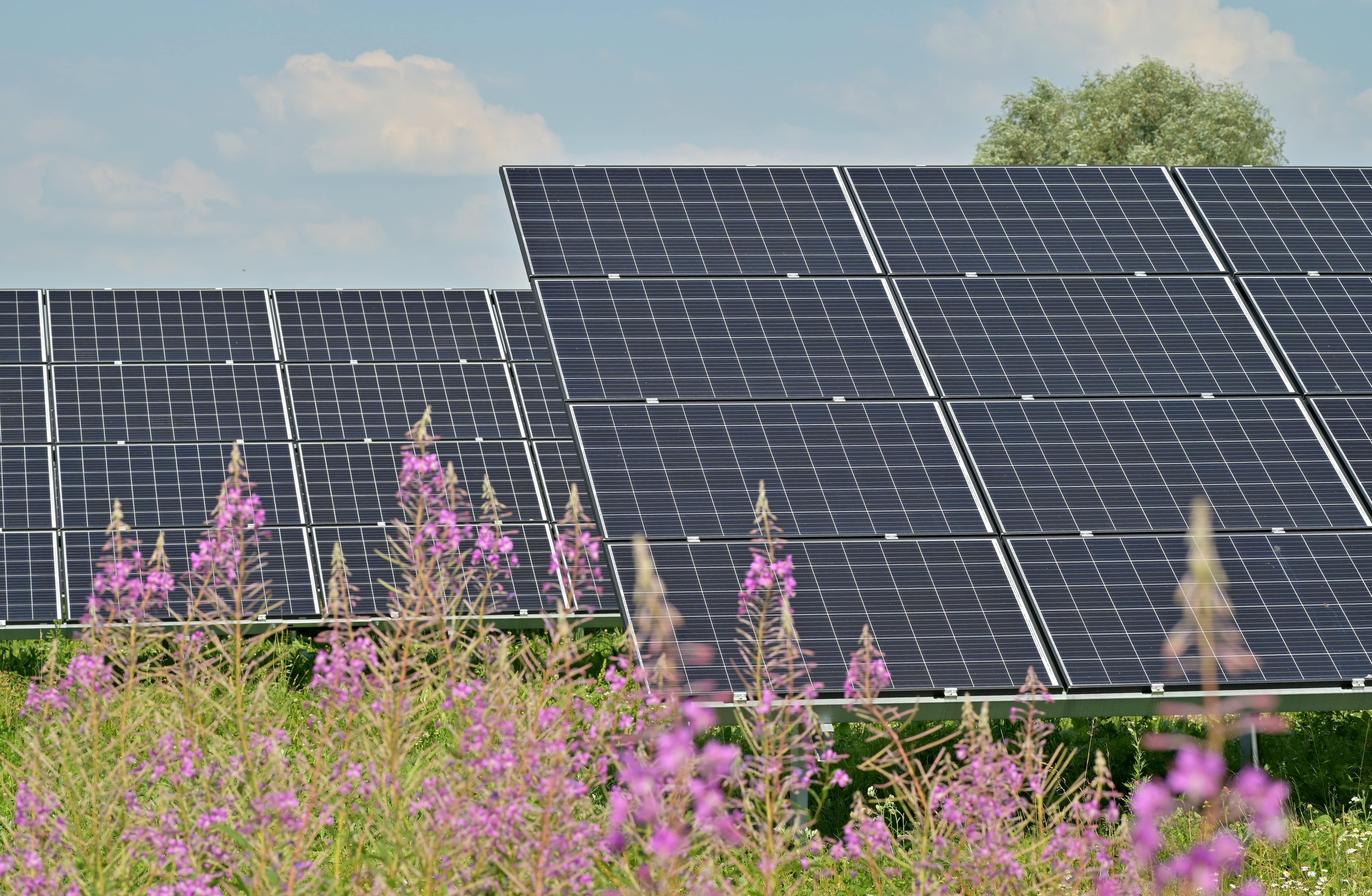The research group has released a tutorial prepared for the PVSC47, exploring 100% Renewable Energy Futures.
The tutorial explores strategies, costs and timelines for deep renewable electrification of energy services leading to rapid reductions in global greenhouse emission of three quarters at low cost.
Solar photovoltaics (PV) and wind constitute about two thirds of global annual net new generation capacity additions. Balancing an electricity system with 50-100% variable PV and wind is straightforward using off-the-shelf techniques comprising strong interconnection over large areas (million km2) to smooth out local weather; storage; demand management; and occasional spillage of renewable electricity. We explore the technology of HVDC long-distance transmission; storage in the form of pumped hydro and batteries; and the interplay of storage, transmission and spillage.
Emissions reductions of 50% can be achieved through conversion of electricity supply to PV & wind, coupled with conversion of land transport to renewable electricity (mostly via electric vehicles) and low temperature air & water heating & cooling to renewable electricity (mostly via heat pumps). This requires only off-the-shelf technology but requires an increase in global electricity production of 50%. Longer-term opportunities for emissions reductions will be explored including conversion of industrial heating to renewable electricity; and the use of PV and wind to create energy-rich metals, materials and synthetic fuels to eliminate emissions from industrial processes and aviation.
The 3 hours of audiovisual lectures describing how to achieve 100% renewable energy can be found here.
